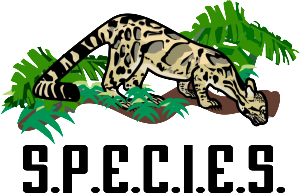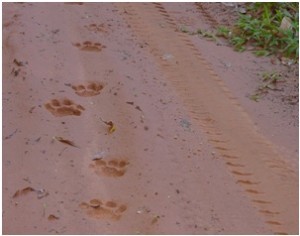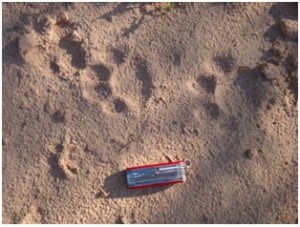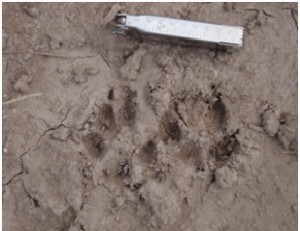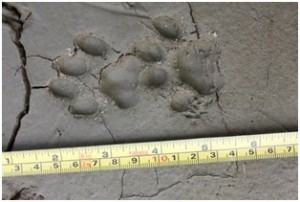Conservation FIT
Carnivores are among the most challenging species to survey in their natural habitat. Cryptic behavior, low population densities, and frequently nocturnal activity patterns are among the biggest obstacles to monitoring. Technological advances in noninvasive sampling, such as camera-traps and genetics, have proven remarkably effective on carnivores. However, these approaches are frequently not a core part of government-sponsored, long-term survey efforts for many nations where they are most needed. A lack of specialized scientific capacity for processing samples and analyzing data, high equipment and service costs, and a general lack of long-term equipment longevity in the field often present obstacles to self-sustaining programs of this nature in developing countries.
In contrast, the use of track surveys and transects, which are low cost and relatively easy to implement, have historically been scientifically unreliable in assessing long-term trends in the conservation status of carnivores. This has largely been due to an inability to confidently differentiate among the individual animals leaving tracks behind. However, the recent development of a technique relying on digital imaging may be changing all of that. Use of an approach called FIT (Footprint Identification Technique), a novel, algorithm-based method, is showing promise in confidently distinguishing among individuals. Specifically, the method relies on the natural variation in the size and shape of the footpad of a species. When used in combination with the latest tools for characterizing population trends, this can have tremendous implications for the development of widespread, cost-effective standards for monitoring threatened and endangered carnivores.
Project Goals
To effectively implement this approach, it is first necessary to develop a reference collection of foot measurements from several dozen individuals of a species.
In full partnership with WildTrack, the goal of the program is to begin assembly of reference collections for several high priority carnivore species, including cheetahs, African wild dogs, jaguars, snow leopards, and Amur leopards. We are now partnering with a number of zoological institutions and captive husbandry facilities to develop these reference collections and test their accuracy in the field on free-ranging populations. We are also hosting workshops for zoo staff, wildlife managers, and conservation biologists on how to properly record data for assembling reference collections, and use these databases to monitor wildlife populations in a feasible, cost-effective manner.
